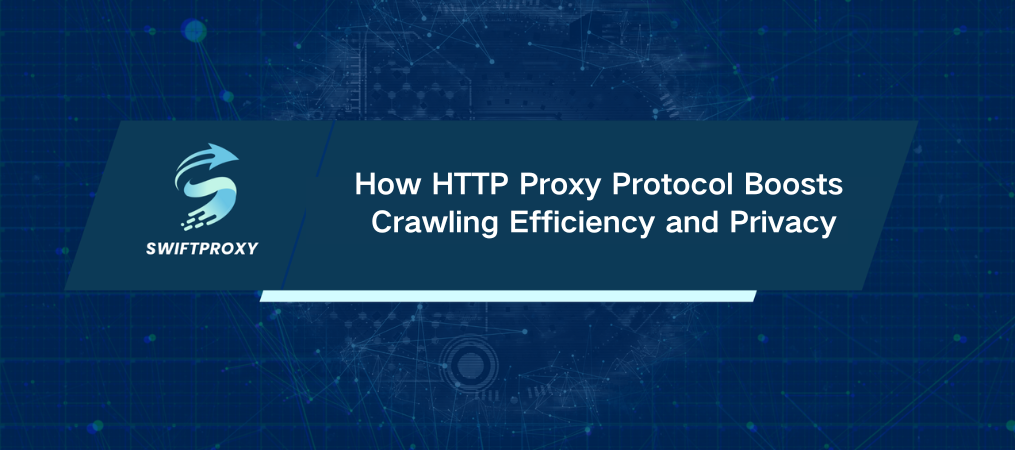How HTTP Proxy Protocol Boosts Crawling Efficiency and Privacy

In our digital world, data is everything. Every day, over 2.5 quintillion bytes of data are created, and capturing it is key for businesses to stay ahead. Enter the HTTP proxy protocol—a powerful ally in data capture, efficiency, security, and strategy. Here's how it makes data capture smoother, safer, and more resilient.
· Maximizing Crawling Efficiency
Efficient data capture is crucial. The HTTP proxy protocol can speed up crawling with three core capabilities.
Caching Power: A proxy server can cache frequently accessed web pages. When you revisit these pages, the proxy instantly retrieves the stored data, skipping a full re-fetch from the site. This slashes load times and boosts crawling speed.
Concurrent Requests: Instead of waiting for each request to complete, the HTTP proxy protocol allows for multiple, simultaneous requests. The result? Large datasets captured in record time.
Intelligent Routing: The HTTP proxy protocol dynamically chooses the best data transmission routes based on network and target site conditions. This keeps your crawl stable, sidestepping network congestion and site restrictions that could otherwise hinder access.
· Safeguarding Security and Privacy
Data capture requires frequent interactions with target sites. But exposing your IP and sensitive information can bring privacy risks. Here's how HTTP proxies keep you secure.
IP Masking: Proxies keep your real IP address hidden. The target site only sees the proxy's IP, which shields your identity and helps avoid tracking and blocks.
Encrypted Transmissions: HTTPS proxies provide encrypted data channels. So, if your data is intercepted in transit, decryption is near impossible, securing sensitive information end-to-end.
Request Filtering: By configuring proxy rules, you can filter out malicious or unnecessary requests. This reduces potential harm to the target website and keeps your own network more secure.
· Overcoming Anti-Bot Measures
Anti-crawling tactics like access limits and IP tracking are common, but HTTP proxies help sidestep these obstacles.
IP Rotation: Using multiple proxies enables IP address rotation. If one IP is blocked, simply switch to another. This approach keeps you ahead of restrictions without stopping the crawl.
Custom Headers and User Agents: The HTTP proxy protocol lets you set custom request headers and user agents, mimicking different browsers or devices. This adaptive behavior bypasses site blocks based on user profiles, boosting success rates.
Distributed Crawling: Assigning tasks across multiple proxies lightens the load on any single IP, making your crawl appear less like bot behavior. This technique not only speeds things up but also makes your data collection more resilient and reliable.
Conclusion
The HTTP proxy protocol is more than a tool—it's a strategic advantage in network data capture. By maximizing efficiency, enhancing security, and maneuvering around anti-bot defenses, it sets a strong foundation for any data-driven operation. Embrace the power of HTTP proxies for seamless, secure, and strategic data capture.

















































